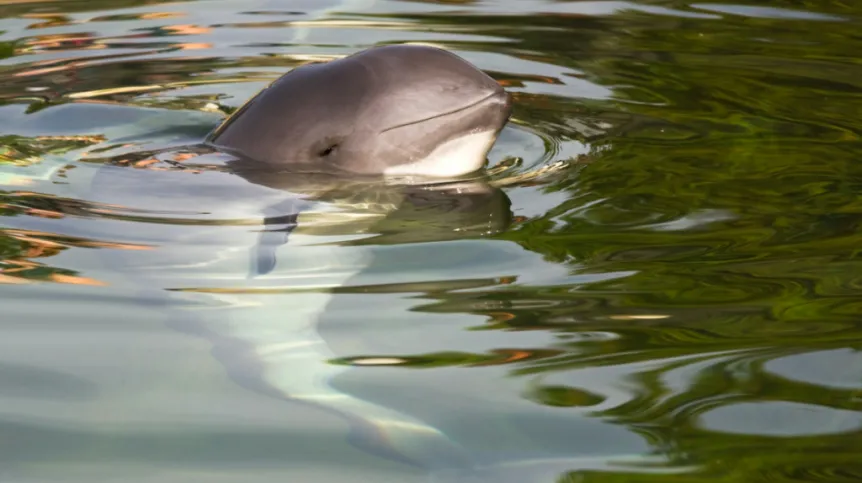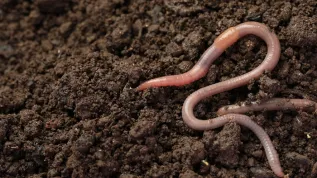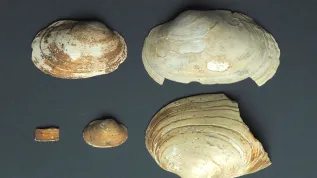
Porpoises are present in most parts of the Baltic Sea, but most of these sea mammals are found in the south-western waters of Denmark, according to data collected by the Baltic harbour porpoise monitoring project SAMBAH.
In the framework of the international project SAMBAH (Static Acoustic Monitoring of the Baltic Sea Harbour Porpoise), researchers monitored the sounds of the Baltic harbour porpoises. From May 2011 to April 2013, more than 300 detectors were used to estimate the density and determine the most important habitats of these protected cetaceans.
"The region with the highest density of porpoises is the south-western part of the waters of Denmark" - reported the Marine Station of the Institute of Oceanography, University of Gdańsk (Marine Station IOUG) in a release sent to PAP. According to the scientists, a larger number of detections (than on the Polish coast and further to the east) was also reported in the southern coast of Sweden and along the coast of Germany.
140 detectors placed primarily off the coast of Denmark, Germany and Sweden recorded porpoises at least once within two years. 160 of them, located primarily in the Gulf of Riga and the Gulf of Finland, did not record their presence.
According to the release sent to PAP, researchers are now analysing data from hydroacoustic monitoring. Based on the preliminary assessment they prepared a map of the results of measuring stations. "This is the most recent and most comprehensive knowledge to date on the presence of harbour porpoises in the Baltic Sea" - reported the Marine Station IOUG. The results of analyses of the density and the number of porpoises will be completed this spring, and the results of model studies will be presented this fall.
In 2008, Baltic harbour porpoise population was deemed "critically endangered with extinction". The classification was done using traditional methods for estimating the numbers of there cetaceans, which "did not fully work for such a low population density". Therefore, the SAMBAH project used a new method, which involved continuous recording by stationary detectors of sounds porpoises used to navigate, track fish and communicate.
The collected data will allow to develop accurate maps of the seasonal variation of the occurrence of harbour porpoises in relation to environmental parameters. "On their basis it will be possible to identify areas of particular importance for the species and indicate areas of increased risk of conflict with human activities at sea. This knowledge will also be very important when creating and updating action plans for local conservation of the species" - reported the Marine Station IOUG.
The harbour porpoise is one of the smallest toothed cetaceans, whose length ranges from 1.5 to 1.9 m, and the weight ranges from 50 to 70 kg. Its head is devoid of distinctive dolphin beak, and its small triangular dorsal fin has a dark, almost black colour. Harbour porpoise surfacing for air is almost imperceptible, as is the air exhaled over the water. It feeds on herring, sprat , small cod and various species of groundfish. It is found in temperate waters of the northern hemisphere.
Research in Polish maritime areas within the project SAMBAH is carried out by the team from Hel Marine Station of the University of Gdańsk in partnership with the Marine Division of the Institute of Meteorology and Water Management in Gdynia. The project is funded by the EU LIFE+ and in the domestic part by the National Fund for Environmental Protection and Water Management.
Detailed information about the study is available on the website.
PAP - Science and Scholarship in Poland
ekr/ agt/
tr. RL













